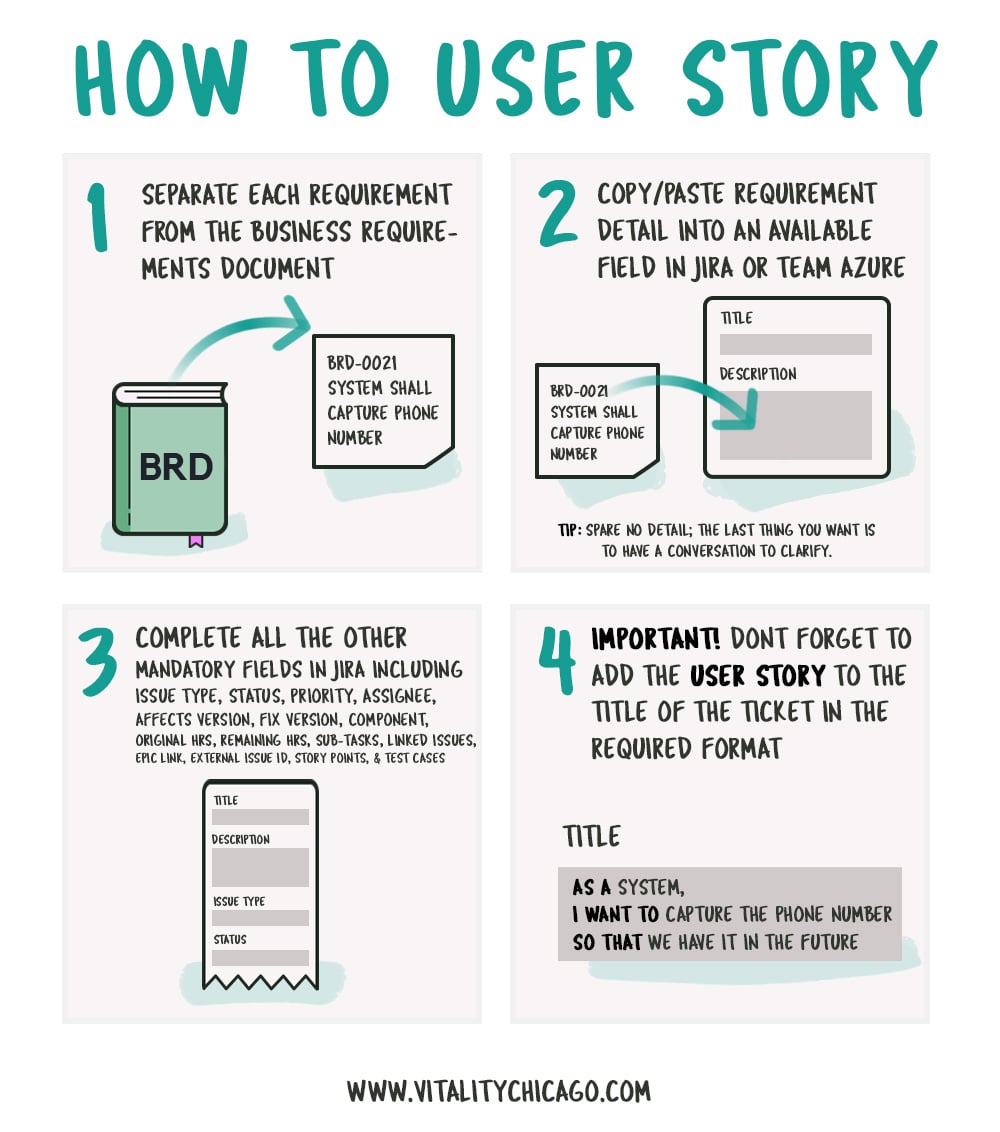User Story
What is User Story?
Definition:
A user story is a concise and informal narrative that describes a feature or functionality from an end user’s perspective. It is a crucial component in agile and scrum methodologies, serving as a way to articulate the requirements of a software development project. User stories typically follow a specific template that includes the user, their goal, and the value or benefit they expect from the feature.
Analogy:
Consider a user story as a script in a play. Each user story is like a scene, providing a clear and contextual description of what the user wants to achieve, their motivation, and the expected outcome. Just as a script guides actors through their roles, user stories guide development teams in understanding and implementing features that align with user needs.
Further Description:
User stories often adhere to the following template:
“As a [type of user], I want [an action] so that [benefit/value].”
– Type of User: Describes the persona or role of the user.
– Action: Specifies what the user wants to achieve or the feature they desire.
– Benefit/Value: Explains the reason behind the user’s request and the value they expect.
User stories are essential for effective communication within development teams and with stakeholders. They provide a user-centric perspective, fostering a shared understanding of project requirements.
Why are User Stories Important?
User-Centric Focus: User stories keep the focus on the end user, ensuring that development efforts align with user needs and goals.
Prioritization: User stories help prioritize features based on their importance and value to users, allowing teams to deliver the most impactful features first.
Flexibility: User stories provide flexibility for changing requirements, allowing teams to adapt to evolving user needs and market conditions.
Collaboration: By involving stakeholders in the creation and refinement of user stories, collaboration is enhanced, leading to a shared vision for the product.
Examples and Usage:
E-commerce Platform:
– User Story: As a shopper, I want to easily track my order in real-time so that I can plan for its delivery.
– Benefit: The user can manage their expectations and be prepared for the arrival of their purchase.
Project Management Tool:
– User Story: As a project manager, I want to generate detailed reports on team progress to track milestones and identify areas for improvement.
– Benefit: Improved project oversight, leading to more informed decision-making.
Social Media App:
– User Story: As a user, I want the option to customize privacy settings for each post so that I can control who sees my content.
– Benefit: Enhanced user privacy and control over shared information.
Key Takeaways:
- User stories articulate features or functionalities from the user’s perspective.
- They follow a template that includes the user, their goal, and the expected value.
- User stories are crucial in agile and scrum methodologies.
- They prioritize user needs, provide flexibility, and enhance collaboration within development teams.
- Examples include tracking orders on an e-commerce platform, generating project reports in a management tool, and customizing privacy settings on a social media app.
Table of Contents





